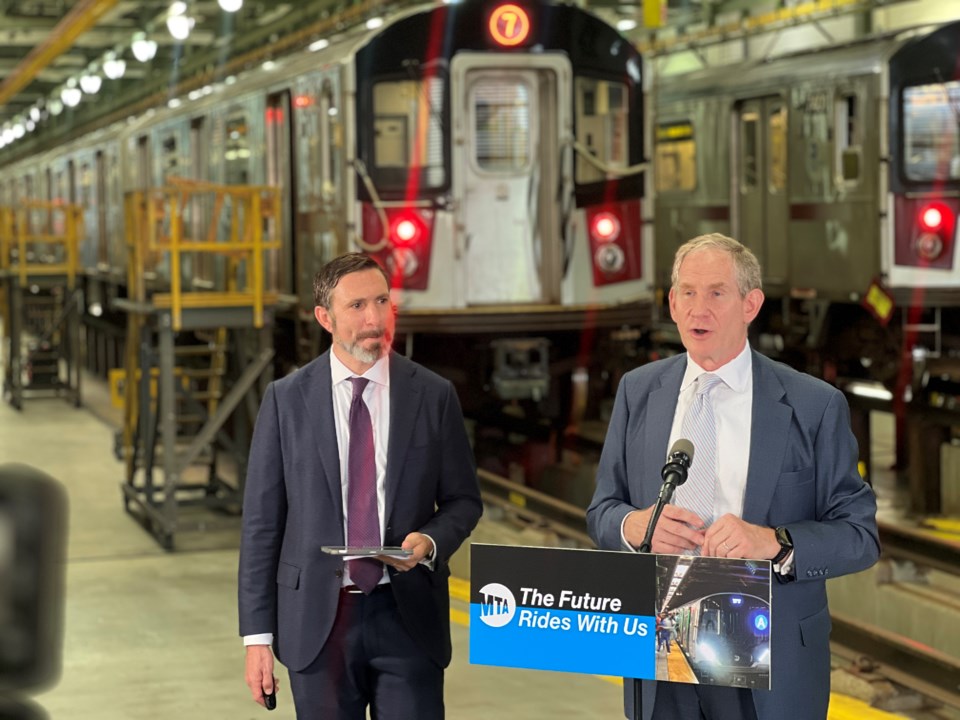The Metropolitan Transportation Authority on Wednesday revealed a $68.4 billion capital budget plan for 2025-2029, outlining the need for new subway cars, repairs to its aging train stations and the modernization of its signal system.
The transit agency said urgent needs include replacing old subway cars; fixing the Grand Central Artery; structural fixes to subway tunnels, bridges and viaducts; upgrading the power system; fortifying the system against rising temperatures, sea levels and heavy rainfall; purchasing zero-emission buses; and fixing and upgrading aging shops and yards.
“This Capital Plan was developed by the most comprehensive analysis the MTA has ever undertaken to truly understand the needs of the system, the challenges and opportunities,” said Janno Lieber, the MTA's chair and chief executive officer. “After years of underinvestment, more than 90% of this proposed plan – the largest in MTA history – focuses on bringing the system to a state of good repair. These investments are necessary to serve the following generations and the future of the region’s economy, environment, and social and economic equity.”
The MTA said a third-party evaluation carried out by JP Morgan determined that in order for the transit agency to maintain a capital investment level comparable to private industry peers, it would need to invest $23 billion annually – more than twice the already accelerated pace.
Signal upgrades are needed on the N, Q, R W, A, S, J and Z lines, the MTA said.
The agency also wants to upgrade substations and circuit breaker houses, make station enhancements, update fare gates and add flood protection devices at street-level openings, elevate stairs and vents, and seal tunnel leaks with grouting to reduce stormwater from entering into stations and tunnels.
By the end of the proposed 2025-2029 Capital Plan, 20% of buses will be electric, and avoid approximately 32,500 metric tons of carbon emissions every year, representing the largest component of the MTA’s goal to reduce agency-wide operating emissions 85% by 2040.
The MTA also noted that it would complete the design process and begin construction on the Interborough Express (IBX), a new rail line that would run between Jackson Heights, Queens and Bay Ridge, Brooklyn.
“The new MTA’s approach to capital construction is allowing us to deliver projects better, faster and cheaper,” said MTA Construction & Development President Jamie Torres-Springer. “From planning to development to construction, we will keep innovating and driving costs down as we implement the vital investments outlined in this Capital Plan.”
The MTA Board will vote on the plan at the Sept. 25 Board meeting. A board-approved Capital Plan must then be submitted to the MTA Capital Program Review Board (CPRB) by Oct. 1, which has 30 days to review and approve the plan. In mid-October, the MTA will kick off a series of open houses around the New York region and a public education campaign to inform and engage New Yorkers on the capital plan.




